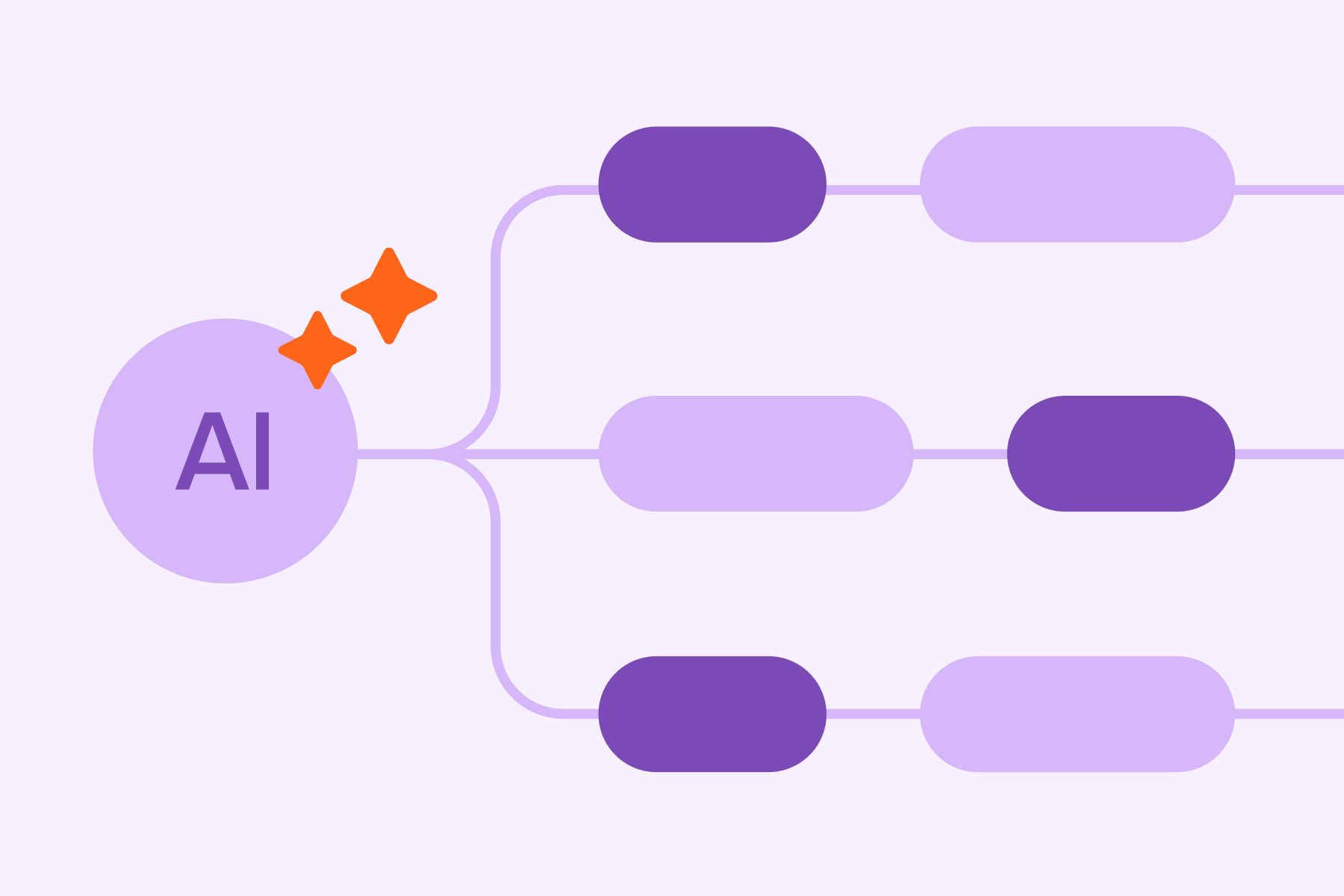What Is Conversion Rate Optimization? 2025 Guide
Ekaterina Zotkova
April 7, 2025

Picture this: you’re getting plenty of visitors to your website, but they leave without signing up or making a purchase. Your ads are driving clicks, yet conversions remain stagnant. The issue isn’t a lack of traffic – it’s what happens after visitors arrive.
That’s where Conversion Rate Optimization (CRO) changes the game. Rather than simply increasing ad spend, CRO focuses on turning your existing traffic into engaged leads and paying customers, maximizing every marketing dollar you invest.
In this guide, we’ll break down what conversion rate optimization is, why it matters in 2025, and how to implement proven CRO strategies that drive results.
Why Trust Aimers for the Ultimate CRO Guide?
At Aimers, conversion rate optimization isn’t just something we do – it’s what we excel at. With years of experience helping SaaS and tech companies turn traffic into revenue, we know exactly what works (and what doesn’t) when it comes to CRO.
We’ve partnered with brands like Mixpanel, ShipBob, Automattic, and Telnyx, refining their funnels, optimizing landing pages, and running data-driven A/B tests to increase conversions without increasing ad spend. Our expertise is built on real-world success, extensive testing, and a deep understanding of user behavior.
That’s why we’ve created this ultimate CRO guide – to share the strategies, insights, and best practices that drive real growth. If you’re looking to turn more visitors into customers, you’re in the right place. Let’s dive in.
What Is Conversion Rate Optimization?
Conversion Rate Optimization (CRO) is the process of improving your website, landing pages, and marketing funnels to increase the percentage of visitors who take a desired action – whether it’s signing up, making a purchase, or requesting a demo.
Let's break it down:
- You get traffic from paid ads, organic search, or social media.
- Visitors land on your website or landing page.
- Instead of taking action, they leave – meaning lost revenue.
- CRO fixes this by optimizing user experience, messaging, and design to turn more visitors into customers.
Example:
Imagine you’re running a SaaS business offering free trials. If 100 people visit your landing page and only 5 sign up, your conversion rate is 5 percent. If you tweak the page – shorten the form, improve CTA placement, or add social proof – and now 10 people sign up, you’ve doubled conversions without increasing traffic.
That’s the power of CRO.
Why Is Conversion Rate Optimization Important in 2025?
Digital advertising is getting more expensive and harder to scale. CPCs are rising, audiences are becoming savvier, and privacy regulations limit tracking. Simply driving traffic won’t cut it anymore – you need to maximize every visitor.
Here’s why CRO is non-negotiable in 2025:
- Ad costs are rising – Google and Facebook CPMs keep increasing. More conversions mean higher ROI.
- Attention spans are short – if your site isn’t optimized, visitors bounce within seconds.
- Traffic needs better monetization – driving traffic great, but what happens after they click?
- Competitor pressure is high – your competitors are optimizing. If you’re not, you’re losing conversions.
CRO helps you scale profitably by making every click count. If you're wondering how CRO plays into your lead gen, check out our detailed breakdown in this CRO vs. lead gen infographic.
Five Core CRO Strategies to Boost Your Conversion Rate
1. Optimize Your Landing Pages for Clarity and Simplicity
A cluttered page confuses visitors. Make your landing pages clear and focused:
- Headline and Subheadline: instantly communicate your value.
- Call to Action (CTA): use action-driven copy (e.g., Get Started Now instead of Learn More).
- Minimalist Forms: ask for only essential information – every extra field lowers conversion rates.
- Mobile Optimization: if your site isn’t mobile-friendly, you’re losing conversions.
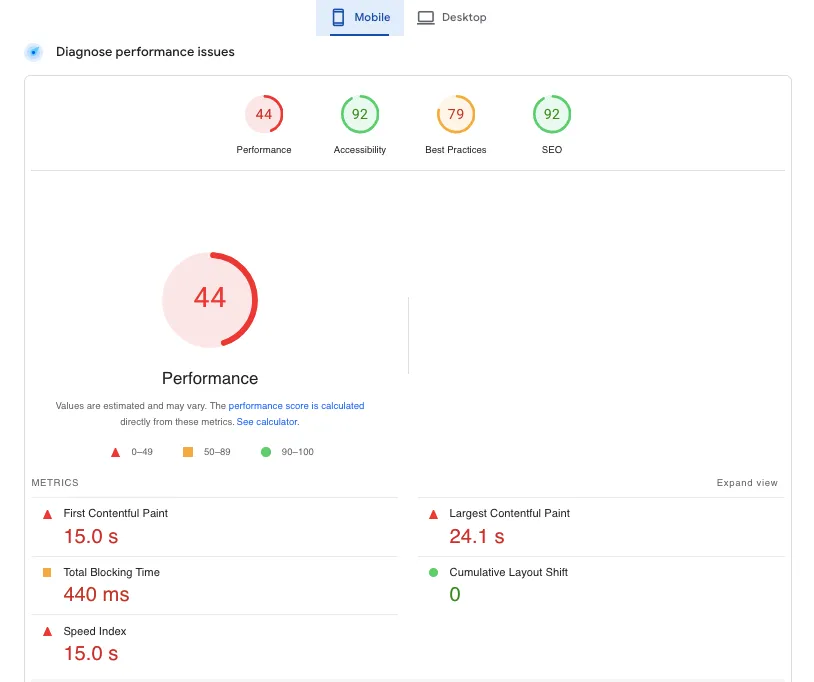
Want to see real-world examples of high-converting SaaS landing pages? Check out this guide.
2. A/B Test Everything (Headlines, CTAs, Offers)
What works for one brand may not work for another. A/B testing helps find the best version of your page.
- Test CTA buttons: Try for Free vs. Start My Free Trial
- Compare landing page layouts: video vs. static image
- Experiment with pricing offers: monthly billing vs. annual discounts
A/B testing is one of the easiest ways to improve conversions. If you're just getting started, this guide walks you through six simple tests to try.
3. Leverage Social Proof and Trust Signals
Visitors need proof before they commit. Add:
- Testimonials and Case Studies – real results build trust.
- Logos of Recognized Clients – "Trusted by 10,000+ businesses" works.
- Trust Badges and Certifications – BBB, GDPR compliance, secure checkout icons.
For example, we use several such “signals” at our website, aimers.io.
Notable clients section:

Customer testimonials:
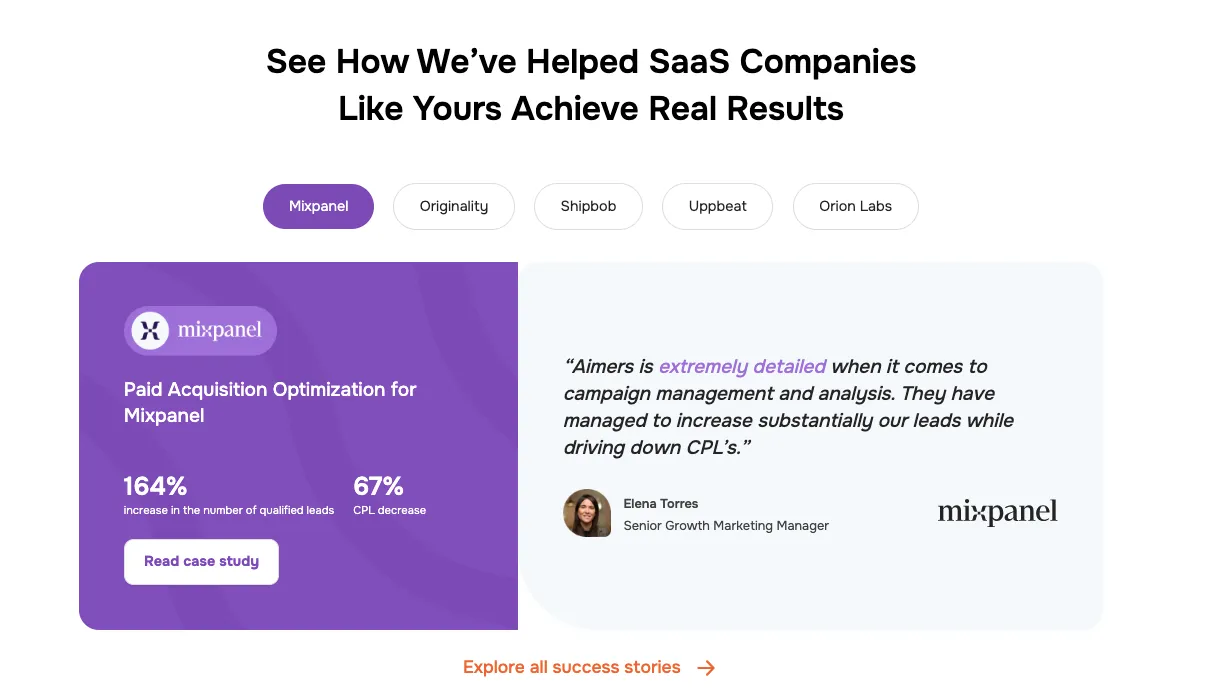
Badges:
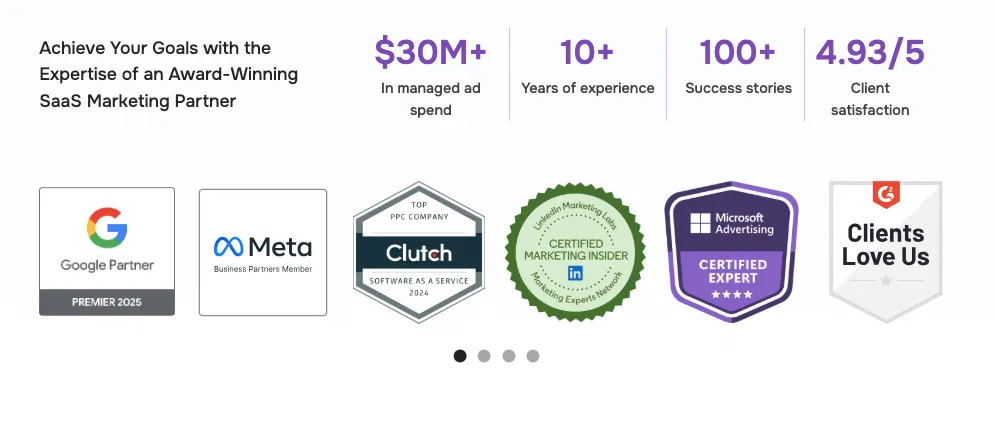
For more ways to optimize your landing page for conversions, read 10 Ways to Improve Your Landing Page Conversion Rate.
4. Improve Page Load Speed
With every second of delay, you lose potential customers.
- Compress images and remove unnecessary scripts.
- Use a Content Delivery Network (CDN).
- Minimize redirects and enable browser caching.
Website usability plays a huge role in CRO. Learn how to test and improve your site's usability in this guide from Aimers.
5. Retarget Visitors Who Didn’t Convert
Most visitors won’t convert on the first visit. Bring them back with retargeting ads.
- Cart abandonment emails – send reminders with discounts.
- Facebook and Google retargeting – show personalized ads to past visitors.
- Exit-intent popups – capture leads before they leave.
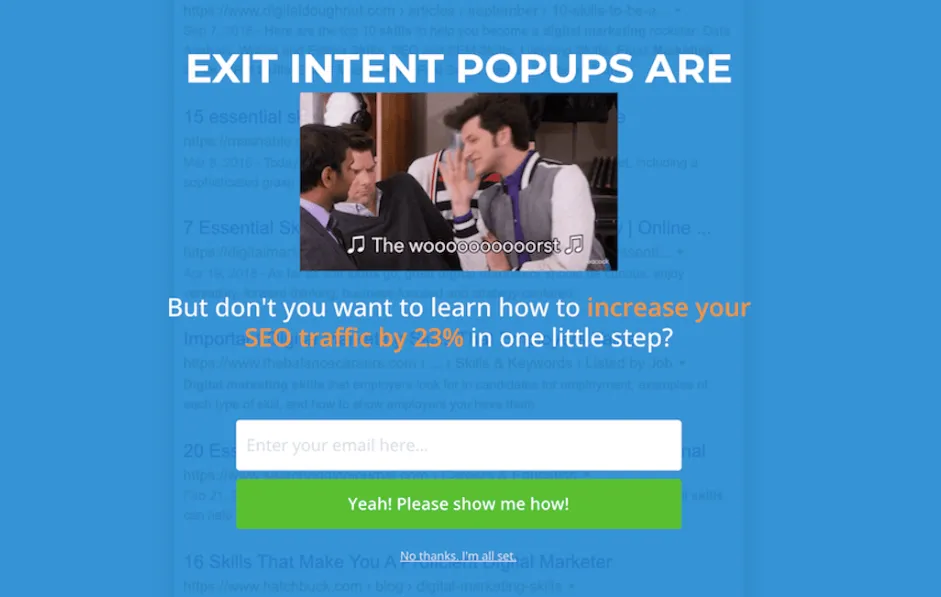
For an in-depth breakdown of conversion rate optimization best practices, check out this Aimers post. And if you are in SaaS niche, you can also check 8 data-driven practices for SaaS landing pages.
What Are the Most Common Mistakes in CRO?
Many businesses make costly CRO mistakes, including:
- Ignoring mobile optimization – a slow or poorly designed mobile experience can cut conversions in half.
- Testing too many changes at once – you won’t know what actually caused the improvement (or drop).
- Focusing only on design – CRO isn’t just about aesthetics; it’s about user behavior and psychology.
- Not tracking real business metrics – leads are great, but do they convert into paying customers?
Want to avoid these mistakes? Read our 7 common CRO pitfalls and how to fix them.
What Tools Do I Need for CRO?
- A/B Testing: Google Optimize, Optimizely, VWO
- User Behavior Analysis: Hotjar, Crazy Egg, Microsoft Clarity
- Landing Page Builders: Unbounce, Instapage, Leadpages (see our top picks)
- Web Analytics: Google Analytics 4, Mixpanel, Heap
- Form Analytics: HubSpot Forms, Typeform, Jotform
How do I know if my CRO efforts are working?
Track these key metrics:
- Conversion Rate – the percentage of visitors who take action.
- Bounce Rate – a high bounce rate means people leave without engaging.
- Time on Page – more time spent usually means higher interest.
- Lead Quality – are leads actually converting into customers?
For a deeper look at optimizing CRO within your PPC strategy, read our CRO audit guide.
Real CRO Results: How Upper Hand Reduced Unqualified Leads by 57%
Let’s take a real-life example of how CRO can dramatically improve performance – without touching your ad spend.
One of our PPC clients, Upper Hand (a SaaS platform for sports and fitness businesses), was already seeing strong traffic from paid campaigns. But they wanted to boost the quality of their leads. We agreed to focus our optimization effort on the user’s post-click experience.
Upper Hand’s existing landing page focused on business value and was effective – but we wanted to better align with the mindset of top-of-funnel users.
We built a new page tailored for paid traffic with:
- A sharp, benefits-led value proposition
- Feature-focused storytelling to match user behavior patterns
- Trust elements like testimonials, logos, and awards
- A user journey that let people explore first, then convert
Here is the Upper Hand’s page before our conversion rate optimization efforts:
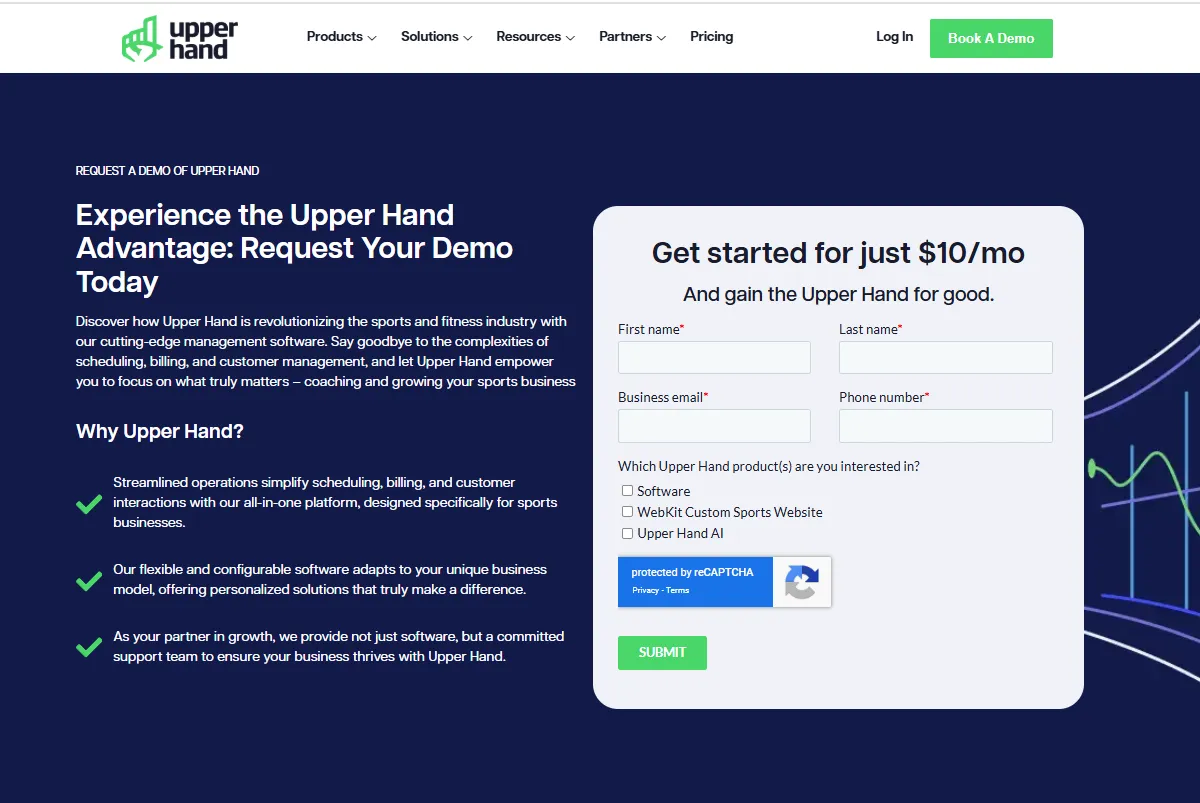

And here's the page after the CRO process. A clear value proposition (“One Platform for Everything”) instantly communicated the product’s versatility:

We prioritized the most impactful functionalities at the top, based on heatmap data and user behavior:
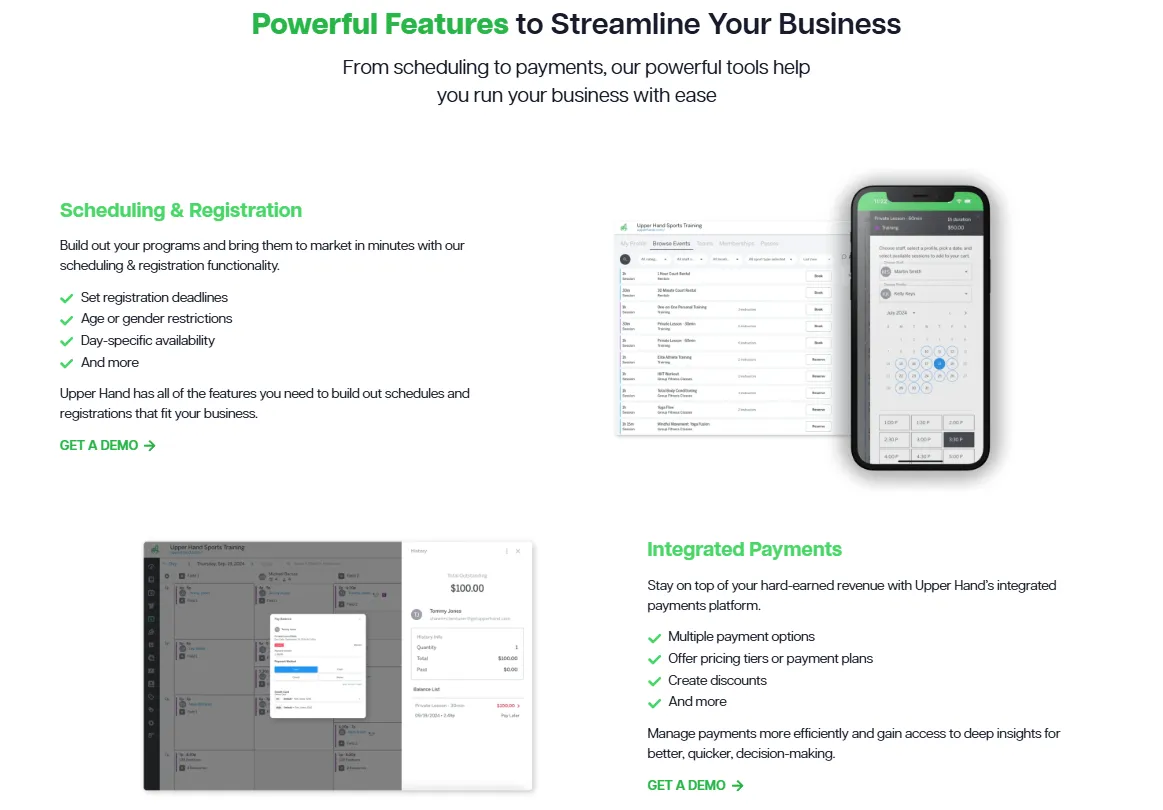
We added more trust-building elements (testimonials, client logos, and awards) to reinforce credibility:
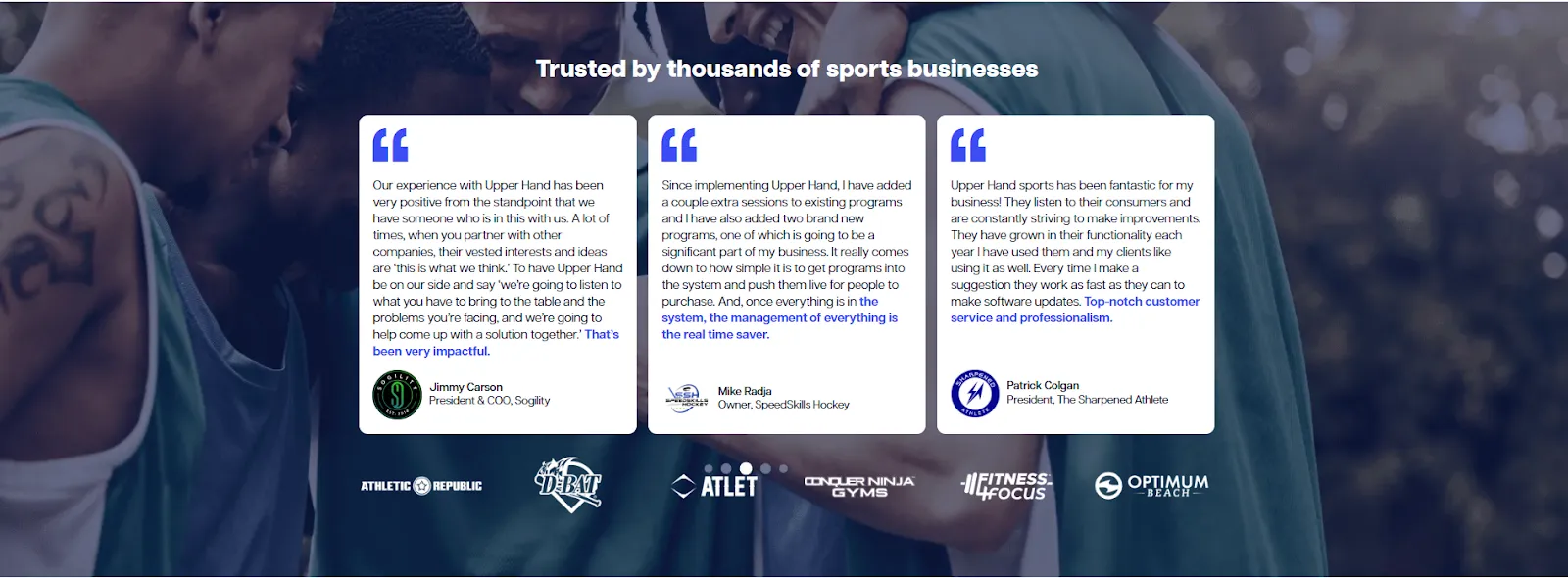
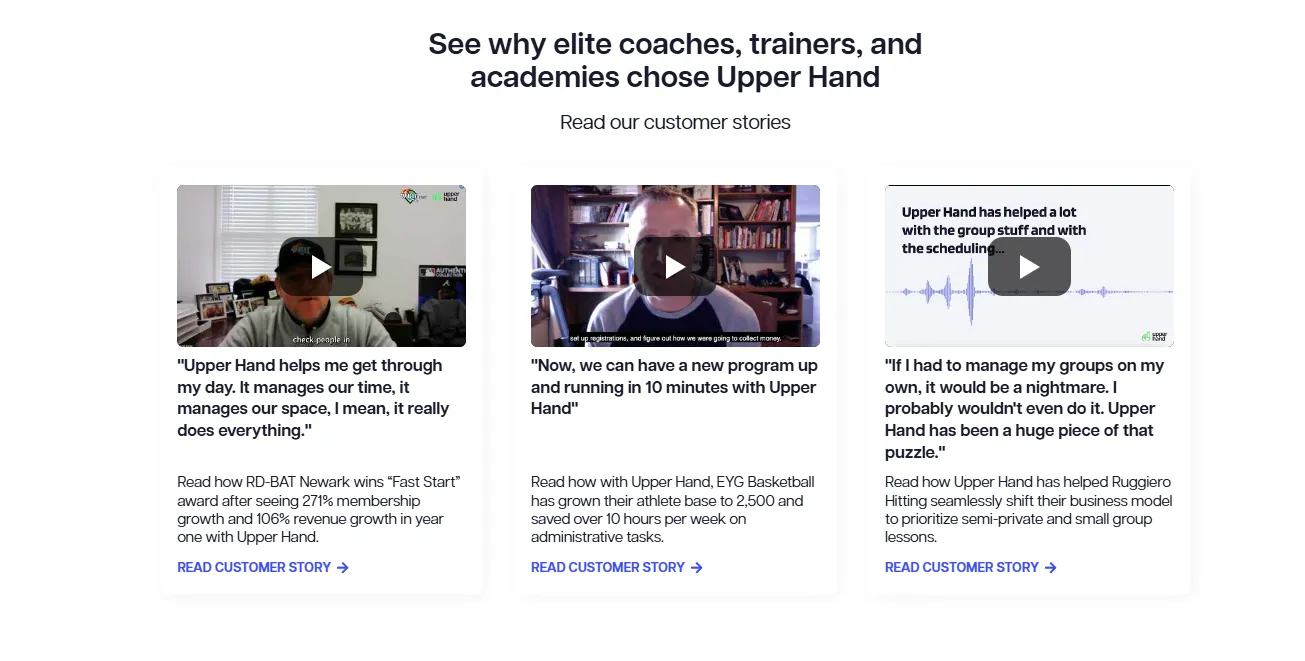
The results were clear: a 57% reduction in unqualified leads and a much more intuitive path to conversion.
The takeaway? PPC can bring in the right traffic. But it’s CRO that ensures that traffic doesn’t bounce – and instead turns into booked calls, sign-ups, and sales. When you combine performance marketing with conversion strategy, magic happens.
FAQ: Conversion Rate Optimization
1. What is conversion rate optimization (CRO)?
Conversion Rate Optimization (CRO) is the process of improving your website, landing pages, and marketing funnels to increase the percentage of visitors who take a desired action – whether it’s signing up, making a purchase, or requesting a demo. It involves testing, data analysis, and user experience (UX) improvements to maximize the effectiveness of your traffic.
2. Why is CRO important for my business?
CRO helps you get more value from your existing traffic without increasing your ad spend. Instead of paying for more visitors, you optimize your website to convert a higher percentage of the traffic you already have. This means lower customer acquisition costs (CAC) and higher return on investment (ROI).
3. How do I calculate my conversion rate?
Use this simple formula:
Conversion Rate = (Total Conversions ÷ Total Visitors) × 100
For example, if 5,000 people visit your landing page and 250 sign up for a demo, your conversion rate is (250 ÷ 5000) × 100 = 5%.
4. How long does CRO take to show results?
It depends on the complexity of changes and testing cycles.
- Small tweaks (CTA changes, headline updates, minor UX fixes) – can show results within days or weeks.
- A/B testing (comparing different versions of a page) – usually takes 2-4 weeks for statistically significant results.
- Major redesigns (site speed improvements, full-page overhauls) – may take 1-3 months to see consistent impact.
5. What’s the difference between CRO and lead generation?
Lead generation focuses on getting new visitors and capturing leads, while CRO focuses on improving the efficiency of that process – turning more visitors into leads and sales.
How do I improve my landing page conversion rate?
Some quick-win strategies include:
- Clear, compelling headline – instantly communicate value.
- Concise, benefit-driven copy – speak to pain points and solutions.
- Strong call-to-action (CTA) – use high-contrast buttons with clear instructions.
- Trust signals – add testimonials, case studies, and security badges.
- Fast loading speed – even a 1-second delay can reduce conversions.
For a full list of data-backed landing page best practices, read our guide on improving SaaS landing page conversions.
6. What are the best ways to A/B test my website?
Start with these:
- Test CTA button color & text – “Start Free Trial” vs. “Get My Free Trial”
- Headline variations – “Grow Your Business” vs. “Double Your Revenue in 3 Months”
- Landing page layout – video vs. static image
- Form fields – reducing unnecessary fields often boosts conversions
- Social proof placement – try moving testimonials higher on the page
Want a step-by-step guide? See our 6 easy A/B testing ideas.
7. What’s the best way to start with CRO?
- Audit your website – identify friction points.
- Set up tracking – ensure Google Analytics, conversion tracking, and heatmaps are running.
- Analyze user behavior – use tools like Hotjar or Microsoft Clarity.
- A/B test key elements – start with headlines, CTAs, and forms.
- Iterate and optimize – CRO is an ongoing process.
And if you want help with your CRO efforts, consider partnering with us.
8. How can startups build high-converting landing pages on a budget?
Startups often have tight budgets, but that doesn’t mean they have to compromise on landing page quality. There are three main cost-effective ways to build optimized landing pages:
- Use Landing Page Builders – platforms like Unbounce, ConvertKit, and Leadpages offer affordable solutions with drag-and-drop functionality, A/B testing, and CRM integrations. Some even have free versions to help you get started.
- Leverage Your Website's CMS – if you're using WordPress, Wix, or Squarespace, you can create a dedicated landing page with built-in tools or plugins. Minimizing navigation and focusing on a single call to action helps boost conversions.
- Use Canva for Quick Prototypes – if you need a simple page without extensive tracking, Canva provides landing page templates you can customize and publish for free. It’s a great temporary solution for early-stage startups testing messaging and design.
For more details on building effective, budget-friendly landing pages, check out our full guide on landing pages for startups.
Takeaways:
- CRO maximizes traffic value: Conversion Rate Optimization focuses on turning existing website traffic into engaged leads and customers, rather than relying solely on increasing traffic.
- Importance of CRO in 2025: with rising ad costs and more demanding audiences, CRO helps businesses optimize every visitor to maximize ROI and profit from their existing traffic.
- Landing page optimization: clear, focused landing pages with compelling CTAs, minimal forms, and mobile optimization significantly improve conversions by providing a seamless user experience.
- A/B testing drives success: A/B testing helps identify the most effective combinations of headlines, CTAs, and design elements, enabling continuous improvement of conversion rates.
- Leverage social proof: testimonials, case studies, client logos, and trust badges build credibility and increase the likelihood of visitors taking desired actions.
- Website speed matters: every second of delay in page load time negatively impacts conversions, so optimizing speed through compression, CDNs, and caching is crucial.
- Retargeting increases conversions: retargeting ads and strategies like cart abandonment emails and exit-intent popups help bring back visitors who didn’t convert initially.
- Avoid common CRO mistakes: focusing solely on design or ignoring mobile optimization can significantly reduce conversion rates; understanding user behavior is key to successful CRO.
- Essential CRO tools: tools like Google Optimize, Hotjar, and landing page builders such as Unbounce and Leadpages are crucial for A/B testing and user behavior analysis.
- CRO metrics to track: key metrics such as conversion rate, bounce rate, and lead quality should be closely monitored to evaluate the effectiveness of CRO efforts.
- CRO Is an ongoing process: regular audits, testing, and optimizations are essential for keeping up with changes in user behavior and maintaining high conversion rates over time.
Let’s Optimize Your Conversions
Tired of spending on traffic that doesn’t convert? At Aimers, we specialize in high-impact CRO strategies that boost signups, sales, and revenue. Book a call with our team today: aimers.io/contacts.











